Wine grape harvest is the most crucial part of making your own wine at home, whether you’re following our recipe or not, and it’s an important time to remember that the quality of your finished product depends on the care you take at this stage. This guide will help you make sure everything goes smoothly and the quality of your wine improves as much as possible so you can enjoy delicious homemade wine with friends! These are the 10 most important steps in harvesting your own wine grapes. Read on to learn more about each step and how to execute it with care and efficiency.
Decide what you want
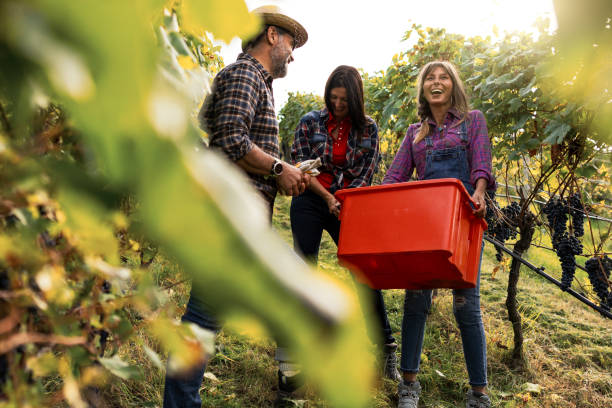
If you’re planning to plant and grow your own grapes, it’s important to do some research before the planting season. Having knowledge of all the steps will help keep you on track when the time comes. These are just ten things that need to be done during harvest:
- Have enough space – Preparing the ground ahead of time is crucial so that at harvest time there is plenty of room to work.
- Planning your crop – It’s good to have an idea in advance of what varieties you’ll be growing. Knowing how many vines each variety requires helps with how much space is needed too.
Make sure your vines are ready
Choosing the right harvest time is important. Vineyards want to wait until their vines are mature enough, which typically occurs between late August and early September. Often, harvesting too early can cause wines to be overly alcoholic and astringent, with flavors like green apple. One important factor in determining harvest time is the appearance of leaves. Leaves will have begun changing color from green to yellow or brown when it’s appropriate to start harvesting grapes.
Clean up your vineyard
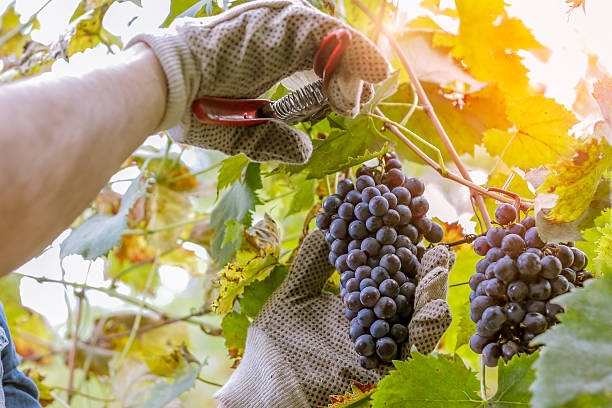
Nearing the end of a fruitful year, vineyard owners should clean up their vines in order to prepare them for the next growing season. No matter the size of your vineyard, removing dying or diseased plants is vital to ensure there is no contamination of plant life and wine quality. Any infected materials should be disposed of properly to avoid attracting rodents or other pests.
Mark your rows
In most parts of the world, it is during the fall months when wine grape harvests take place. When planting your grapes, it is important to plan ahead and harvest them before they go past their optimal maturity date or risk losing flavor and color. If you’re not sure how to determine the correct maturity date, consult with your winemaker to make sure you have accurate information.
Get your supplies ready
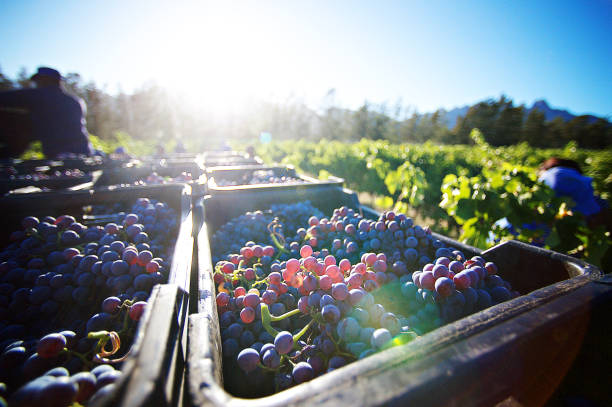
It’s one of the most labor-intensive times of the year, so be sure to organize your equipment and supplies well in advance. Make sure you have enough bins, crates, rope, and twine to store all the harvested grapes. Be sure you also have bottles, corks, corking equipment, and champagne yeast on hand before you start picking!
Pick the perfect time
In winemaking, the harvest is defined as the time of year when grapevines are pruned back (also called bunching) and the fruit is harvested. The annual harvest season typically starts in mid-September and can last as long as 16 weeks. As with most agricultural activities, this may vary depending on climate conditions and available sunlight hours. These critical factors will dictate whether grapes will be picked at optimal quality and quantity.
Get organized with containers and buckets
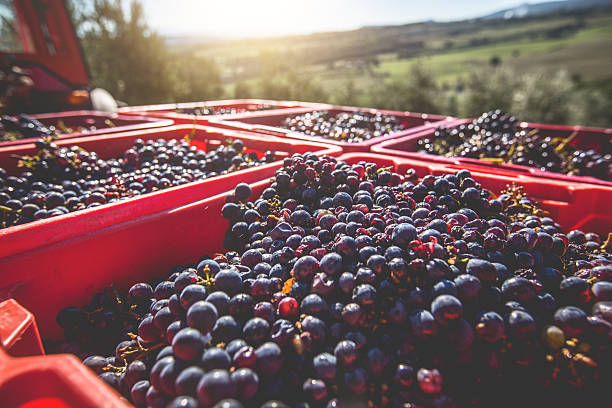
You will need to label your containers with name, date, location, and variety. Use plastic or paper bags inside containers for grapes that need air circulation to prevent mold growth. The size of the container will depend on the number of grapes.
Collect everything in one place
In order to harvest grapes, you need to manage the timing of the harvest so that it is done when the sugar content and flavor are at their peak. If you harvest too early, the sugars will not have developed enough yet and if you wait too long, the sugar content will be high but the quality will be low.
Separate the good grapes from the bad ones
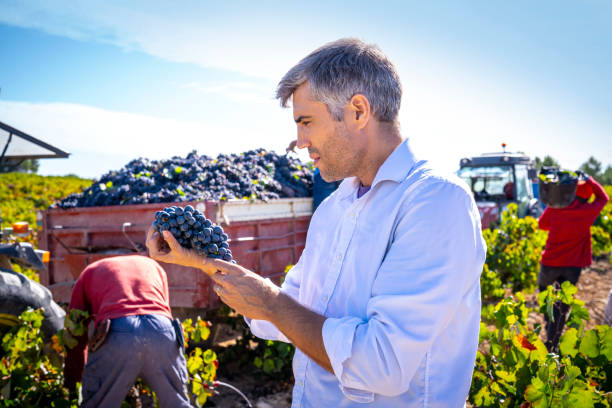
In order to have a successful harvest, you need to have the knowledge and tools needed to separate good grapes from bad ones. The process usually begins with sorting out clusters of grapes from the vine by hand or with machines. First, look at the grapes in order to check for defects or breakage. Next, cut through each cluster about one inch above where it was attached to the vine using your fingers or clippers.
Process the grapes right away (if possible!)
Many grape growers will process the grapes right to avoid post-harvest pests or fungal problems. While it might be tempting to leave the grapes on the vine, it is important to work quickly before pests can find their way in and wreak havoc on your crop.
- Pick off any clusters that have become overripe.
- Separate red grapes from white grapes.
